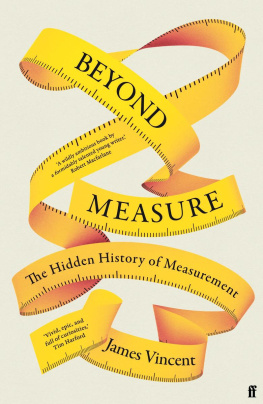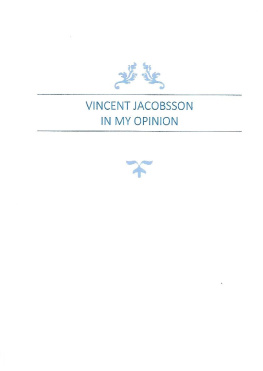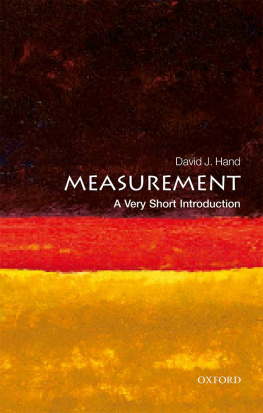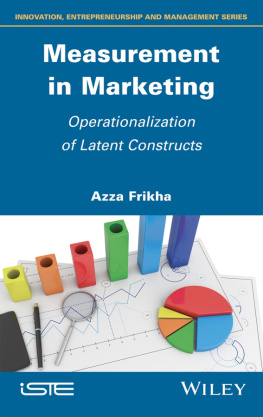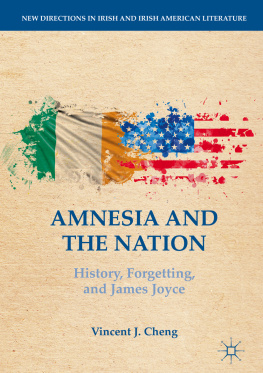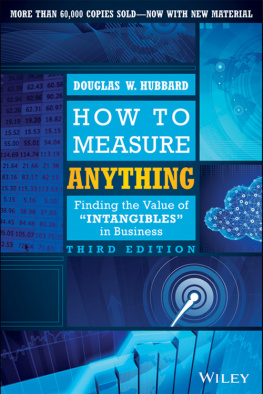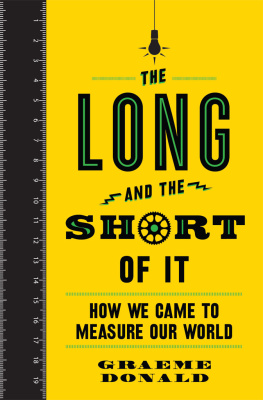James Vincent - Beyond Measure: The Hidden History of Measurement
Here you can read online James Vincent - Beyond Measure: The Hidden History of Measurement full text of the book (entire story) in english for free. Download pdf and epub, get meaning, cover and reviews about this ebook. year: 2022, publisher: Faber and Faber Ltd, genre: Romance novel. Description of the work, (preface) as well as reviews are available. Best literature library LitArk.com created for fans of good reading and offers a wide selection of genres:
Romance novel
Science fiction
Adventure
Detective
Science
History
Home and family
Prose
Art
Politics
Computer
Non-fiction
Religion
Business
Children
Humor
Choose a favorite category and find really read worthwhile books. Enjoy immersion in the world of imagination, feel the emotions of the characters or learn something new for yourself, make an fascinating discovery.
- Book:Beyond Measure: The Hidden History of Measurement
- Author:
- Publisher:Faber and Faber Ltd
- Genre:
- Year:2022
- Rating:5 / 5
- Favourites:Add to favourites
- Your mark:
- 100
- 1
- 2
- 3
- 4
- 5
Beyond Measure: The Hidden History of Measurement: summary, description and annotation
We offer to read an annotation, description, summary or preface (depends on what the author of the book "Beyond Measure: The Hidden History of Measurement" wrote himself). If you haven't found the necessary information about the book — write in the comments, we will try to find it.
Beyond Measure: The Hidden History of Measurement — read online for free the complete book (whole text) full work
Below is the text of the book, divided by pages. System saving the place of the last page read, allows you to conveniently read the book "Beyond Measure: The Hidden History of Measurement" online for free, without having to search again every time where you left off. Put a bookmark, and you can go to the page where you finished reading at any time.
Font size:
Interval:
Bookmark:
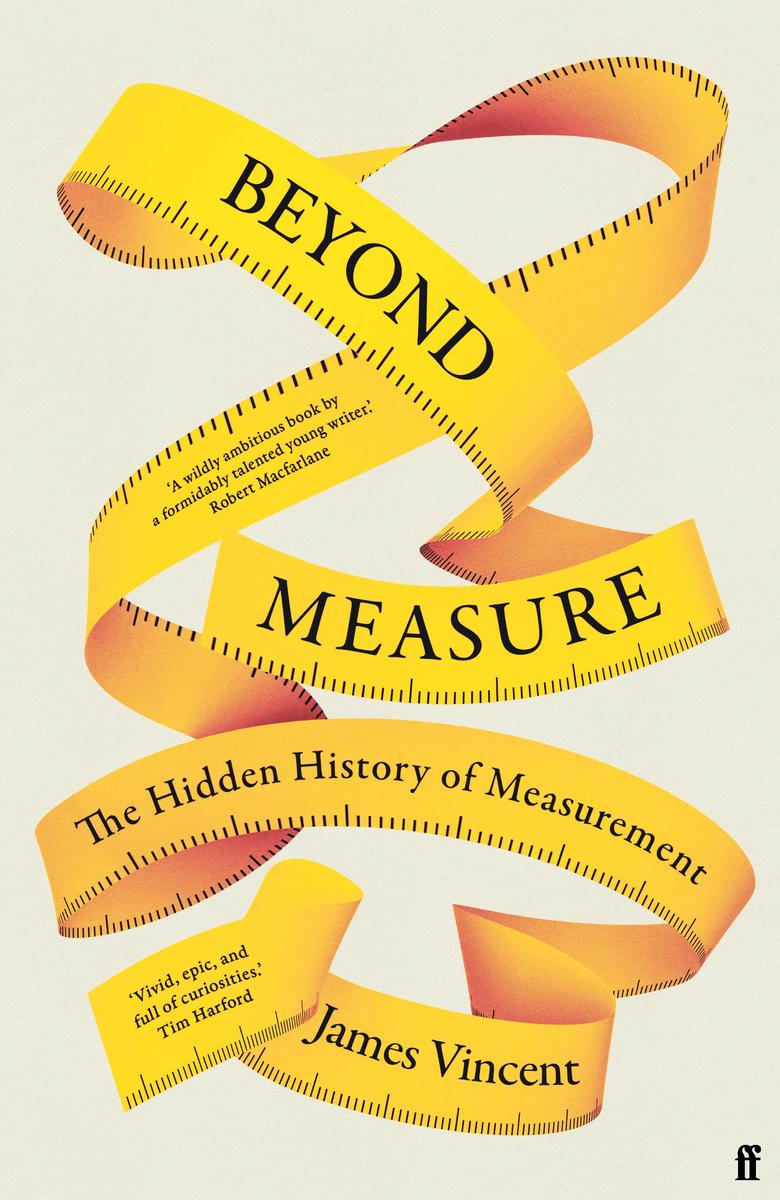
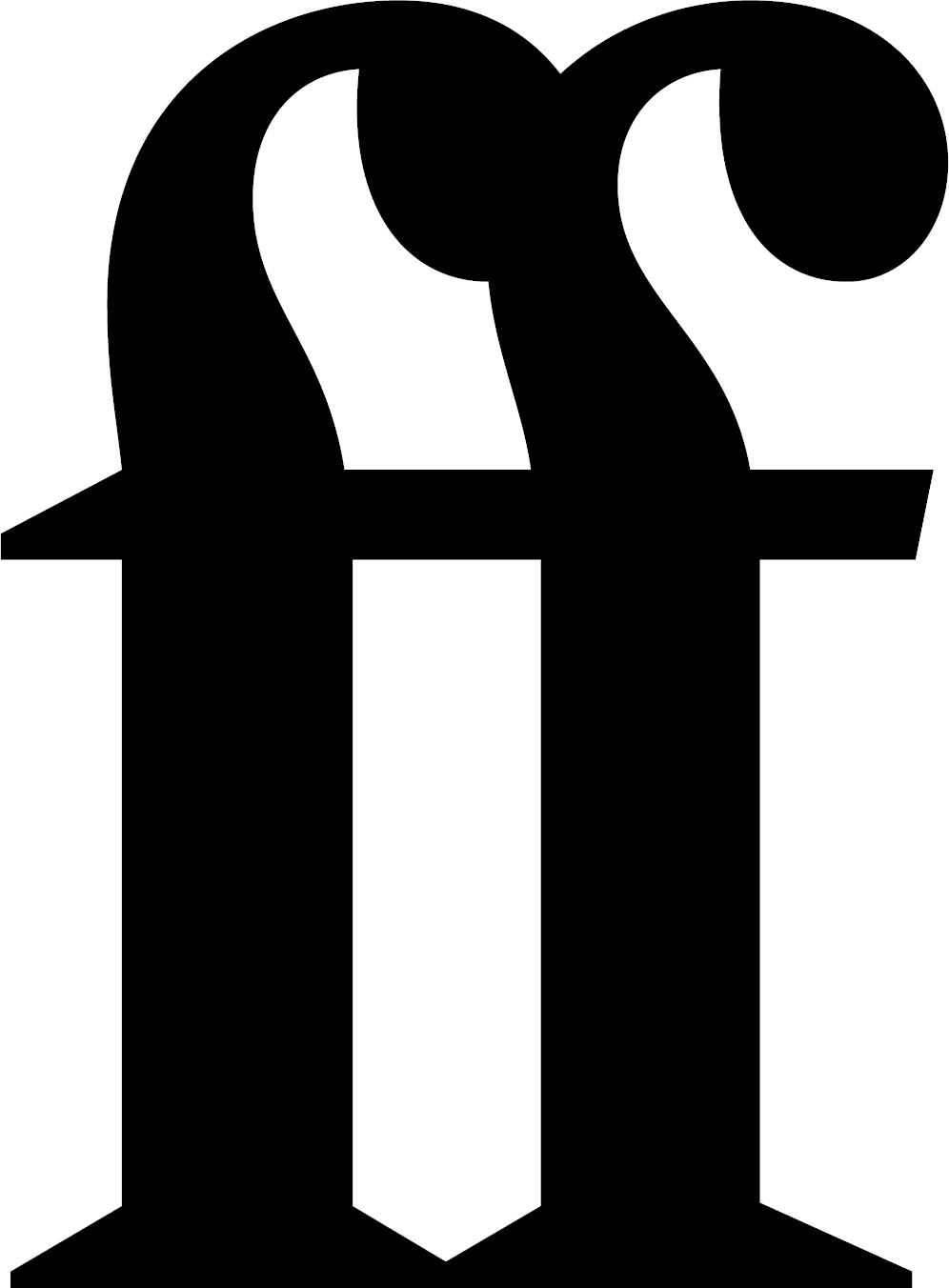
v
For all my teachers
vi

- viii

Why measurement matters
The very first measurement, like the first word or first melody, is lost to time: impossible to localise and difficult even to imagine. Yet it was a hugely significant act: another addition to that nest of primeval consciousness that grew in the brains of our ancestors hundreds of thousands of years ago, and that would eventually set us apart from the other animals of the plain. For measurement, like speech and play, is a cornerstone of cognition. It encourages us to pay attention to the boundaries of the world, to notice where the line ends and the scales tip. It requires that we compare one portion of reality to another and describe the differences, creating a scaffold for knowledge. Measurement is the root of all tectonic arts, enabling construction and urban living, and the beginning of quantitative science. If we could not measure, then we could not observe the world around us; could not experiment and learn. Measurement allows us to record the past and by doing so uncover patterns that help predict the future. And finally, it is a tool of social cohesion and control, letting us coordinate individual effort into something greater than the sum of its parts. Measurement has not only made the world we live in, it has made us too.
I first began to realise the importance of measurement when writing about the redefinition of the kilogram as a journalist in 2018. I had travelled to Paris for the assignment, and there interviewed scientists who had been working on the project for decades as part of the International Bureau of Weights and Measures, the organisation that oversees the metric system. They explained how, since the eighteenth century, the kilogram had been defined as the weight of a particular lump of metal: an actual physical artefact, kept under lock and key in an underground vault in France. Every weight in the world (even the non-metric ones) could be traced back to this single standard, to the kilogram, or Le Grand K as it was known to its keepers. Advances in technology, though, meant the kilogram no longer met societys demand for precision, and so scientists had committed to redefining its value using fundamental constants of nature, derived not from base matter but from quantum properties buried deep in the foundations of reality. What was more, they had already carried out the same substitution for every other metric unit in existence. Length, temperature, time and more all had been silently redefined by this international conspiracy of measurement.
The existence of this hidden world was a revelation. I felt like I had opened the door of my flat one morning only to step out on to the surface of an alien planet, surrounded suddenly by strange trees and the cries of unfamiliar animals. The idea that something as fundamental and commonplace as a unit of measurement was even capable of change was thrilling, and the more I learned, the more questions I had. Why is a kilogram a kilogram, anyway? Why an inch an inch? Who first decided these values and who maintains them now?
As I followed these breadcrumbs, I began to understand what an intellectual feast measurement truly is, what a banquet of historical, scientific, and sociological wonder. The roots of measurement are entangled with those of civilisation, traceable back to the ancient Egyptians and Babylonians. It was these societies that first learned to apply consistent units in construction, trade, and astronomy, building towering monuments to gods and kings, and mapping the stars with their newfound power. As units of measurement developed they became a tool of authority, claimed as the prerogative of the powerful, who used measurement to organise the world to their liking. Similarly, the science of creating accurate measurements metrology is entwined with some of the greatest breakthroughs in our understanding of the natural world, and has helped to redefine our place in the cosmos many times over. More than this, measurement is a mirror to society itself; it is a form of attention that reveals what we value in the world. To measure is to choose; to focus your attention on a single attribute and exclude all others. The word precision itself comes from the Latin praecisio, meaning to cut off, and so, by examining how and where measurement is applied, we can investigate our own impulses and desires.
As it stands today, the world around us is the product of countless acts of measurement, their presence rendered invisible by their ubiquity. Whether you are reading these words on the page or on a screen, their finished form is the product of careful weighing and counting. The pulp that forms the paper was made using a chemical mix finely calibrated to tease apart the woods fibrous cells without destroying their structure. The resulting sheets were forced through gigantic metal rollers of staggering precision, squeezed to the consistent thickness you now feel between your fingers. They were cut and bound to a familiar size, before being packed, weighed, and shipped around the world. Even the font used to render these words is the product of careful measurement; every serif pruned, the gaps between each pairing of letters nudged into equilibrium. And if you are reading this in a digital format, then this chain of measure is even more complex, starting with the atomic-scale engineering of silicon chips and the carefully balanced alchemy of your devices battery. Regardless of whether we think about it or not, measurement is suffused throughout the world; an ordering principle that affects not only what we see and touch, but also the often intangible guidelines of society, from clocks and calendars to the rewards and punishments of work.
Measurement is not an intrinsic feature of the world but a practice invented and imposed by humanity. The earliest evidence for what we might describe as measurement comes in the form of animal bones carved with notches. These metrological relics include the Ishango Bone, a baboon fibula between 18,000 and 20,000 years old, and the Wolf Bone, older still at roughly 33,000 years in age. Reading their meaning is like any augury, indefinite and intuitive, but archaeologists think the ordering of marks on these bones might make them tally sticks: the first formal measuring tools.
In the case of the Wolf Bone, its incisions are divided into groups of five, a common boundary in many numeral systems. Cultures from around the world tend to count by marking one, two, three, four, and then striking, slashing, or hooking a line for five. Psychological studies suggest this is something close to an innate cognitive limit a natural partition in human thought, though one that is far from impermeable. When tested on our ability to count at a glance, humans can usually take in three or four items at most. More than that and we need to start consciously numbering. We need to measure. These notched bones, then, may mark the moment, repeated many times around the world, that our species ambition exceeded the capacity of our brains and we reached for external support. They show when we began to measure the world around us and, as a result, understand it better.
Knowing what phenomena were recorded by these artefacts would help us decipher the place of measurement in our early cognitive development, but without written records we can only speculate as to their purpose. Perhaps the tally on the Wolf Bone was kept by a hunter who wanted to strengthen the connection with their prey by using its bones to count their kills. Perhaps they were tracking the passage of time, with each mark representing a single day. If so, then the total number of notches fifty-five is near enough double a lunar month, a unit that existed in the movements of our solar system before humans ever named it. If this is the case, then it means the bones might have recorded a sacred activity rather than a profane one, as such cosmological measures are entwined with ideas of the divine and spiritual in ancient societies. Monitoring the coming and going of the seasons was a way for early humans to engage with the life-giving rhythms of the natural world, as well as a first step to taking control over them. The first calendar humans ever established would have been the calendar of the seasons: marking the passage of time via animal migration and the appearance of certain flowers and crops.
Font size:
Interval:
Bookmark:
Similar books «Beyond Measure: The Hidden History of Measurement»
Look at similar books to Beyond Measure: The Hidden History of Measurement. We have selected literature similar in name and meaning in the hope of providing readers with more options to find new, interesting, not yet read works.
Discussion, reviews of the book Beyond Measure: The Hidden History of Measurement and just readers' own opinions. Leave your comments, write what you think about the work, its meaning or the main characters. Specify what exactly you liked and what you didn't like, and why you think so.

